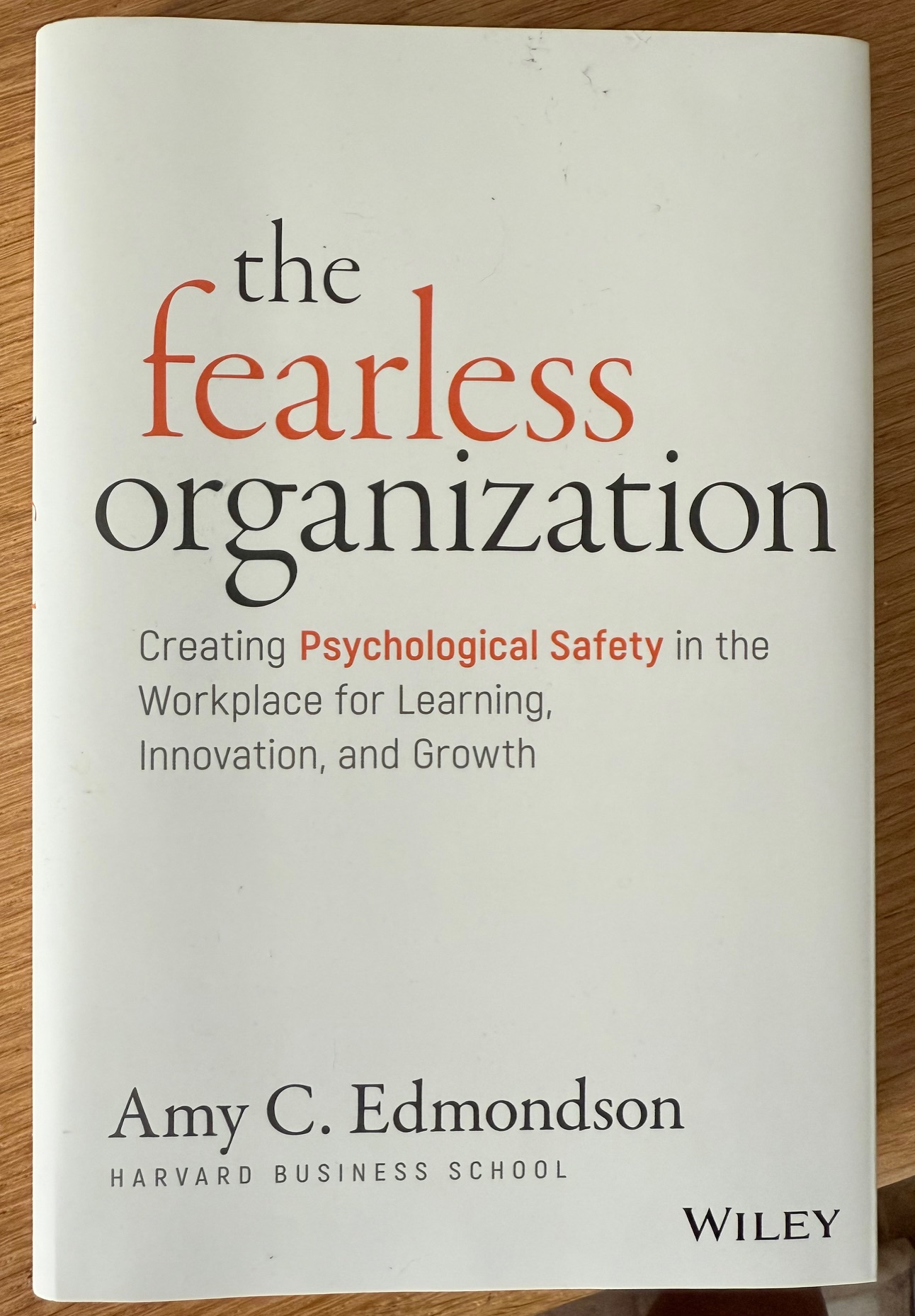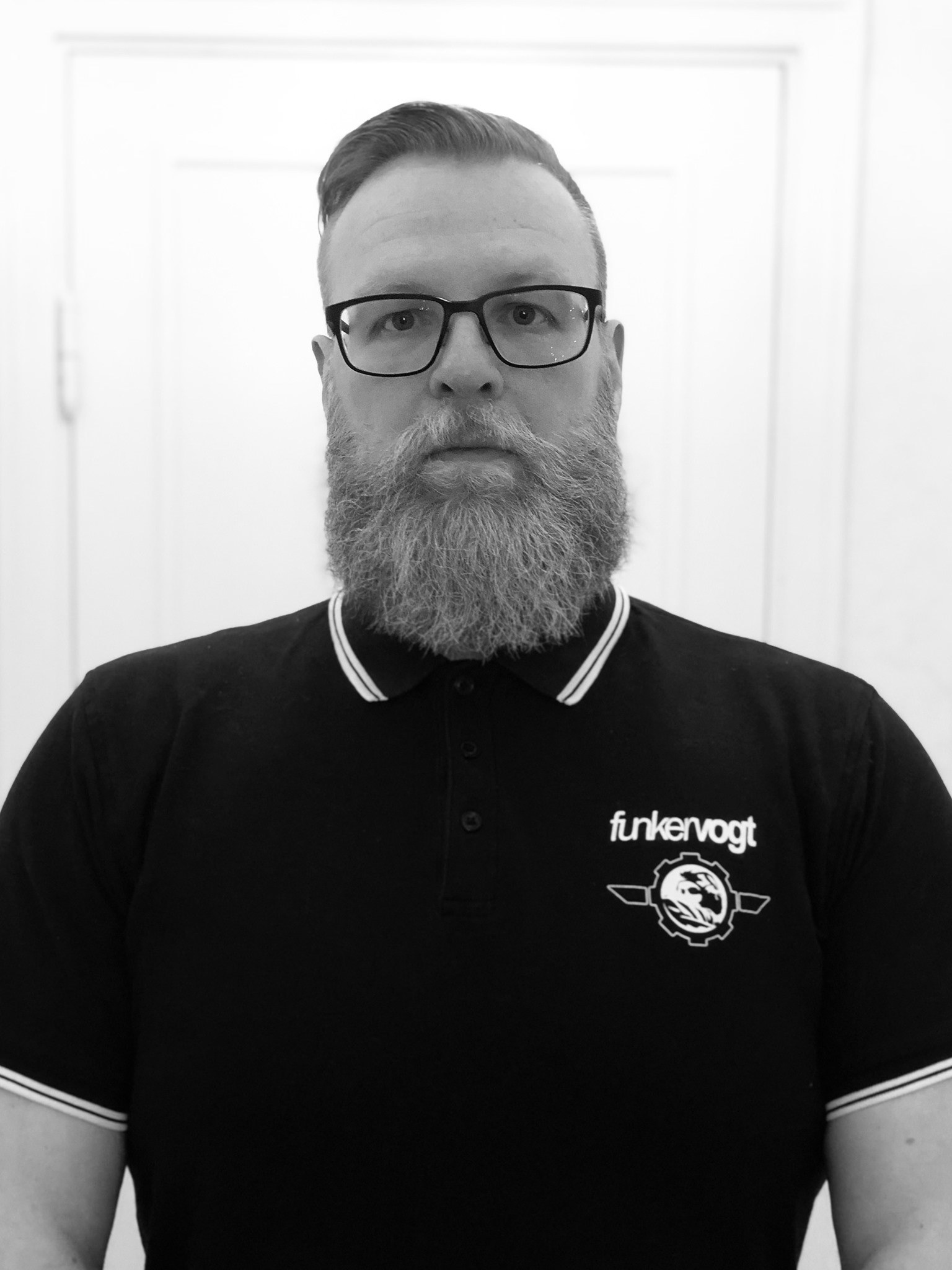
Title: The Fearless Organization: Creating Psychological Safety in the Workplace for Learning, Innovation, and Growth
Author: Amy C. Edmondson
ISBN: 9781119477242
I had not heard of "The Fearless Organization" until I was introduced to the book at a fantastic lecture on group intelligence by Linda Rising. It has since formed the basis for how I try to build and develop the teams I lead in my role as team lead/scrum master.
If you have ever considered psychological safety in the workplace as either nice but optional, unworkable, or simply trendy, then you should read this. The author makes it abundantly clear that psychological safety should be mandatory, underpinning any organization that values safety, innovation and quality.
Fig. 1 — What Psychological Safety Is Not — Taken from: Amy Edmondson, The Fearless Organisation, pp. 15–19
Psychological safety isn’t about being nice — Working in a psychologically safe environment doesn’t mean that people always agree with one another for the sake of being nice. It also doesn’t mean that people offer unequivocal praise or unconditional support for everything you have to say. Psychological safety is about candour, about making it possible for productive disagreement and free exchange of ideas. Conflict inevitably arises in any workplace. Psychological safety enables people on different sides of a conflict to speak candidly about what’s bothering them.
Psychological safety isn’t a personality factor — Some have interpreted psychological safety as a synonym for extroversion. They might have previously concluded that people don’t speak up at work because they’re shy or lack confidence, or simply keep to themselves. Psychological safety, however, refers to the work climate, and climate affects people with different personality traits in roughly similar ways. In a psychologically safe climate, people will offer ideas and voice their concerns regardless of whether they tend to toward introversion or extroversion.
Psychological safety isn’t just another word for trust — Although trust and psychological safety have much in common, they aren’t interchangeable concepts. A key difference is that psychological safety is experienced at a group level. Further, psychological safety describes a temporally immediate experience.
Psychological safety isn’t about lowering performance standards — Psychological safety is not an “anything goes” environment where people aren’t expected to adhere to high standards or meet deadlines. It isn’t about becoming “comfortable” at work. Psychological safety enables candour and openness and, as such, thrives in an environment of mutual respect.
Below is an example of the different exercises that Amy presents that effectively demonstrate the challenges and obstacles that you need to address before you can move forward in your team building.
Fig. 3 — A survey measure of psychological safety — Taken from: Amy Edmondson, The Fearless Organisation, p. 20
- If you make a mistake on this team, it is often held against you. (R)
- Members of this team are able to bring up problems and tough issues.
- People on this team sometimes reject others for being different. (R)
- It is safe to take a risk on this team.
- It is difficult to ask other members of this team for help. (R)
- No one on this team would deliberately act in a way that undermines my efforts.
- Working with members of this team, my unique skills and talents are valued and utilised.
Final words
Amy C. Edmondson is an American scholar of leadership, teaming, and organizational learning. She is currently Professor of Leadership at Harvard Business School. I don’t think it’s particularly controversial to say that Amy is the established expert on social security. Her work has influenced not only me but many others and given us tools to build teams that can perform better even under severe stress. Large parts of the book provide a lot of knowledge and thoughts on how you can create an environment that enables personal security, which in the long run gives you the opportunity to build on the team.
 Hi! I’m NIklas Nilsson. I’m a consultant team leader and software engineer.
Hi! I’m NIklas Nilsson. I’m a consultant team leader and software engineer.